At the Institute of Indology, a humble new addition makes all the difference
Continuing the late Balkrishna V Doshi’s legacy, Sangath studio design a new take on the toilet in Gujarat
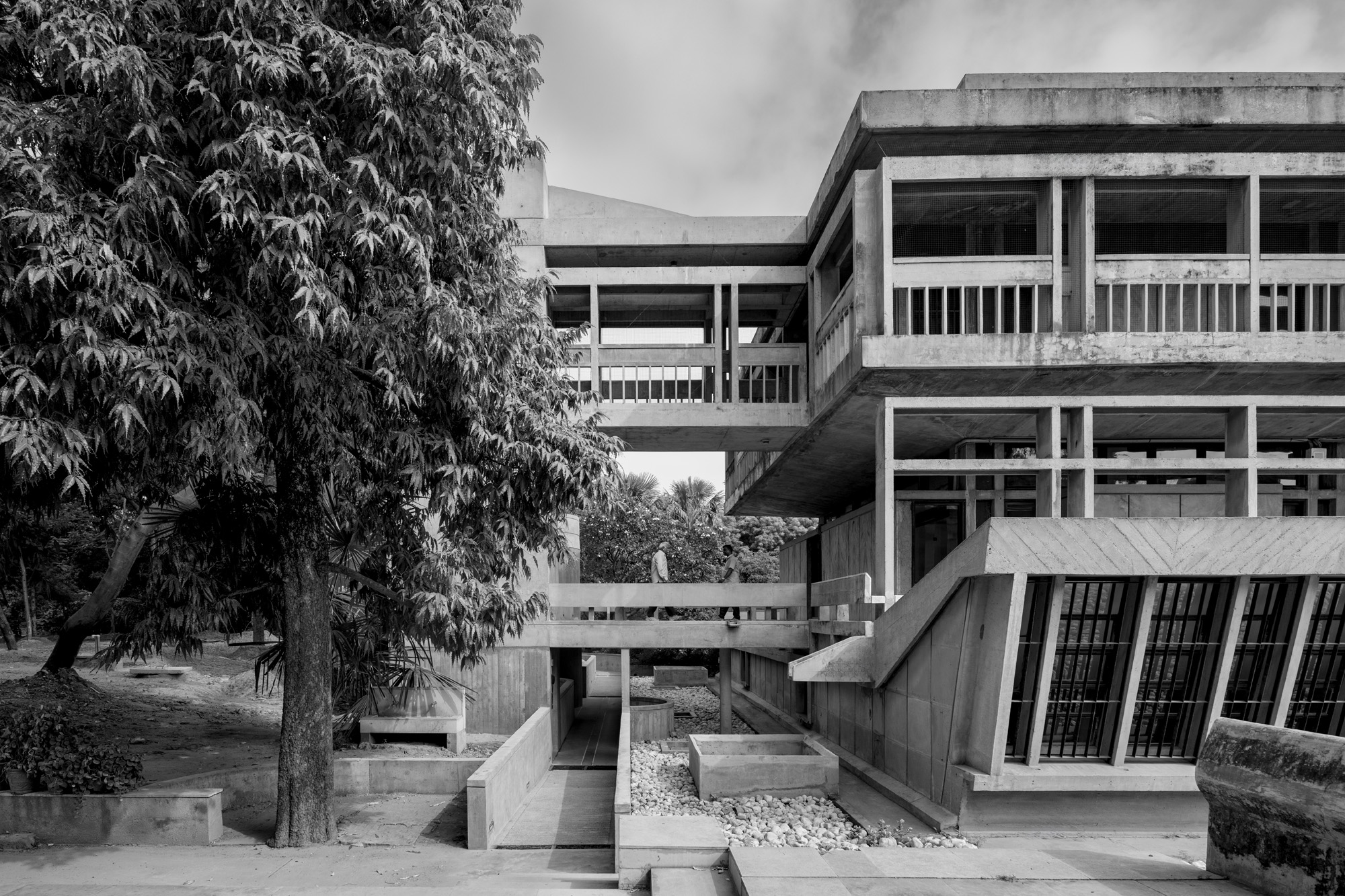
Balkrishna V Doshi was a seminal figure in Indian architecture, his career running side by side with the nation’s development since its independence in 1947. Today, his influence remains vividly alive through his modernist architecture legacy of teachings and buildings – but also through Sangath, the Ahmedabad-based studio his granddaughter Khushnu Panthaki Hoof leads with partner Sönke Hoof as a continuation of Doshi's work after he stepped back from practice. The firm is dynamically active within the country’s built environment scene. One of the practice’s newest works is a brief that might, at first, appear less glamorous than your typical private home or museum commission, yet forms a key part of daily life. Not only is it inextricably linked to our very existence as humans, but is a multilayered part of almost every building, deeply imbued with meaning and cultural significance. Drum roll, please, for the humble toilet block.
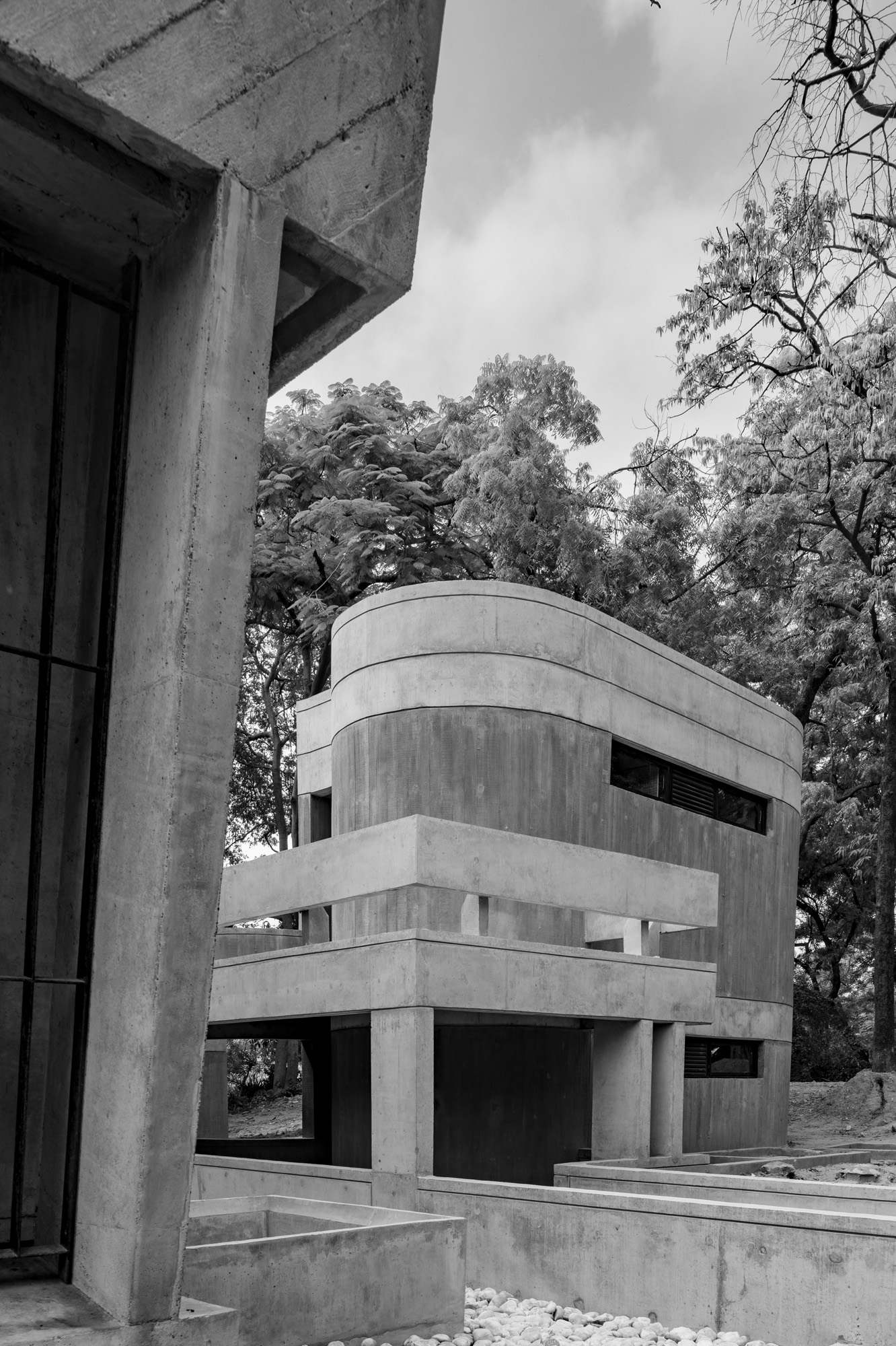
Step inside the Institute of Indology's new addition
In 2021, Sangath was called upon to add a new washroom facility to Doshi’s 1959 project, the Institute of Indology in Ahmedabad. A striking structure in raw concrete, its main rectangular block is dramatically raised from the ground level and accessed via a bridge over a moat. But as the number of activities and accessibility requirements on the upper floors of this much-loved landmark increased, so did the need for additional amenities, which would free up space in the existing building for alternative functions. Sangath architects Khushnu Panthaki Hoof and Sönke Hoof led the design.
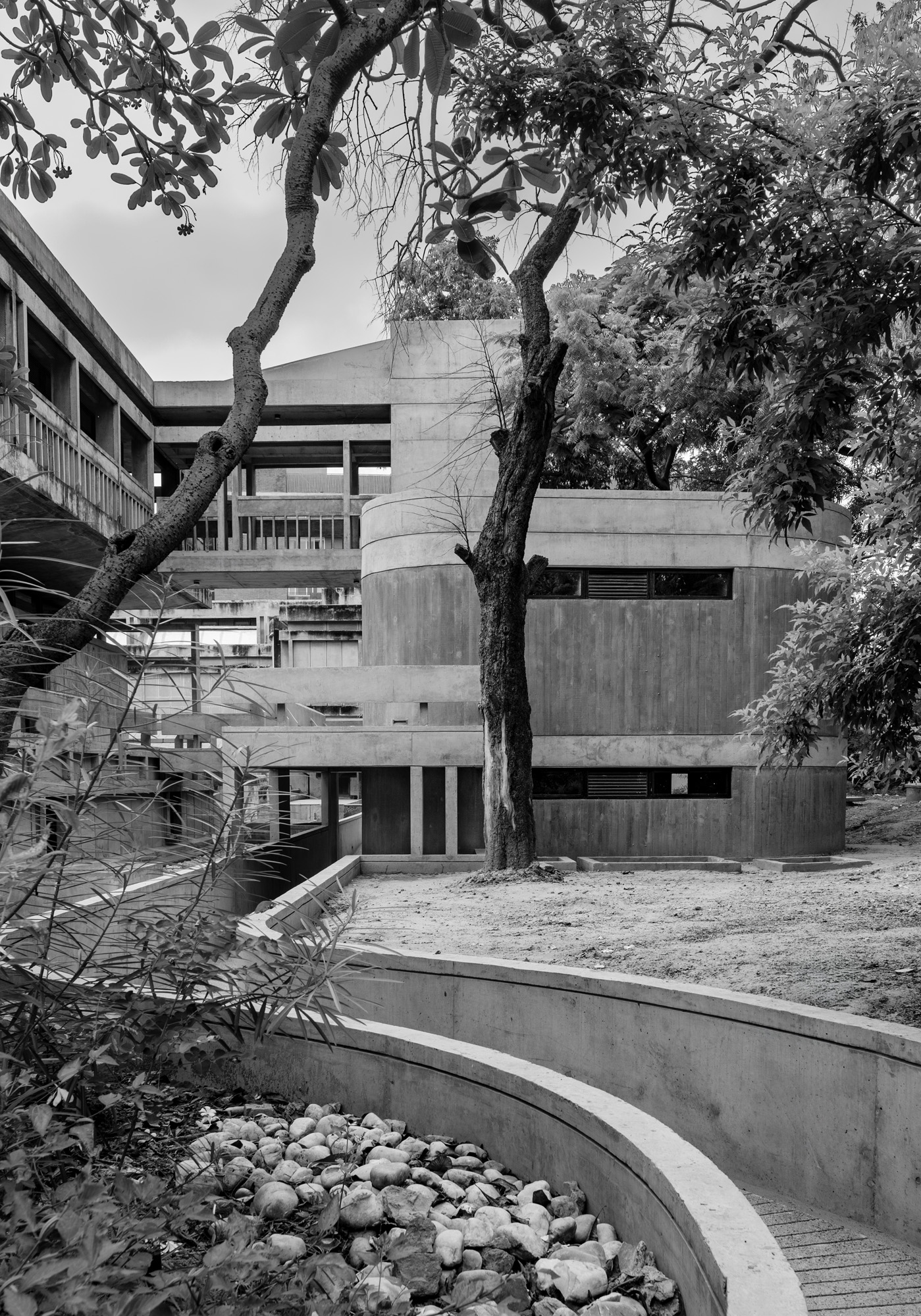
‘The task at hand was not just an addition; it was a delicate dialogue between the old and the new,’ say the architects. ‘The institution had requested a toilet block, a small workshop space, and a lift for accessibility. One of the questions we asked ourselves was how do we connect these new elements to a masterpiece without intruding on its legacy?’
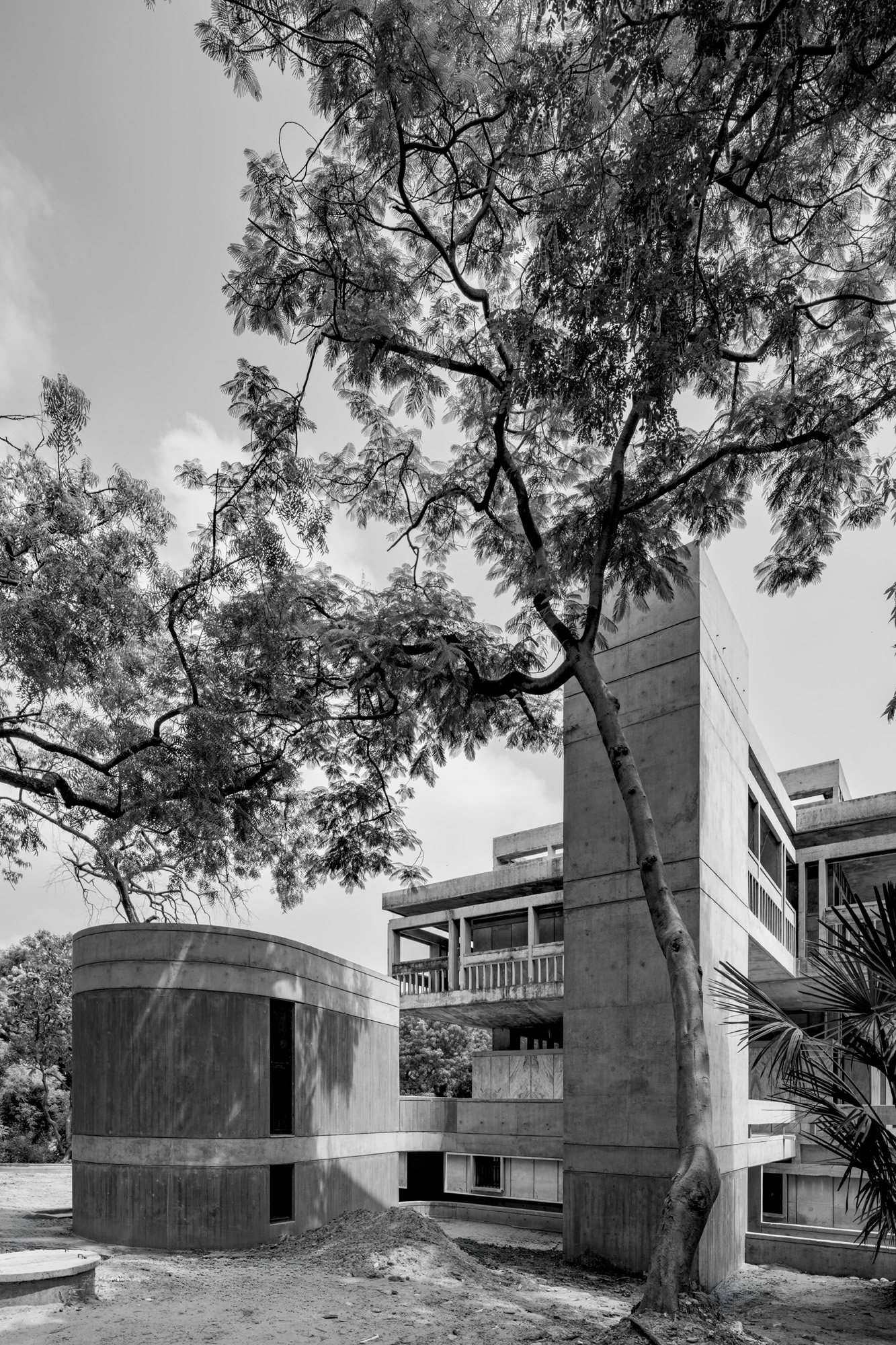
The new facility is a subtly curved volume that is linked to the existing structure via
a small bridge. Constructed in raw concrete, it echoes the original building’s materiality, while also considering its proportions and scale. Weaving seamlessly into the complex without imposing itself, the end result is both functional and contemporary, refined but discreet, even somewhat invisible, which feels like an appropriate take on the extension’s function. ‘Dayanita Singh, the photographer, was here recently and told me that maybe I should call it ‘Not just a toilet block’,’ says Panthaki Hoof. The elevated design of this addition certainly supports that.
Receive our daily digest of inspiration, escapism and design stories from around the world direct to your inbox.
Ellie Stathaki is the Architecture & Environment Director at Wallpaper*. She trained as an architect at the Aristotle University of Thessaloniki in Greece and studied architectural history at the Bartlett in London. Now an established journalist, she has been a member of the Wallpaper* team since 2006, visiting buildings across the globe and interviewing leading architects such as Tadao Ando and Rem Koolhaas. Ellie has also taken part in judging panels, moderated events, curated shows and contributed in books, such as The Contemporary House (Thames & Hudson, 2018), Glenn Sestig Architecture Diary (2020) and House London (2022).
-
 A former agricultural building is transformed into a minimal rural home by Bindloss Dawes
A former agricultural building is transformed into a minimal rural home by Bindloss DawesZero-carbon design meets adaptive re-use in the Tractor Shed, a stripped-back house in a country village by Somerset architects Bindloss Dawes
-
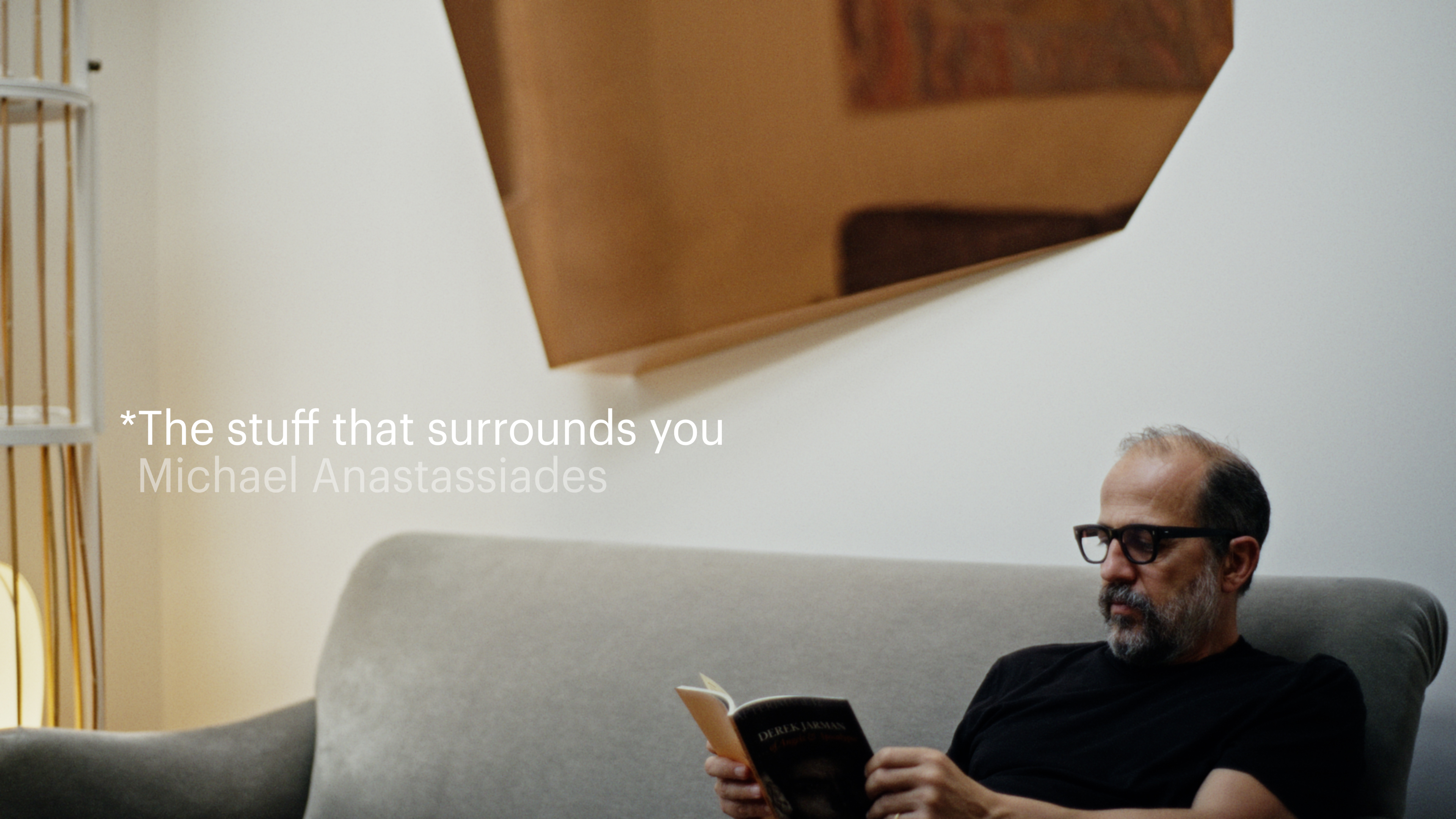 The Stuff That Surrounds You: Inside the home of designer Michael Anastassiades
The Stuff That Surrounds You: Inside the home of designer Michael AnastassiadesIn The Stuff That Surrounds You, Wallpaper* explores a life through objects. In this episode, we step inside one of the most considered homes we've ever seen, where Anastassiades test drives his own creations
-
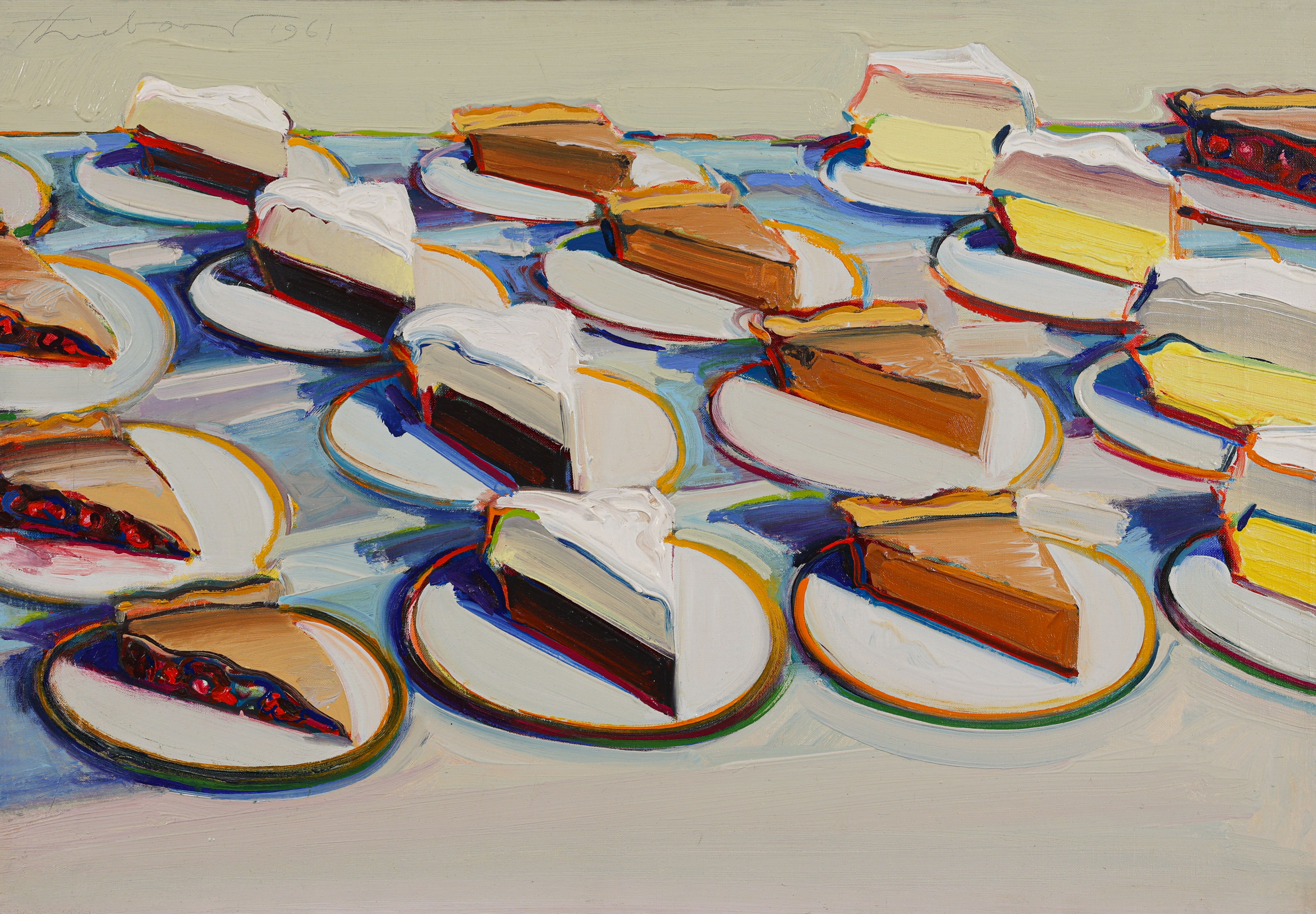 Why are Wayne Thiebaud’s paintings at the Courtauld so tempting?
Why are Wayne Thiebaud’s paintings at the Courtauld so tempting?The American artist’s thickly painted slices of cake at the Courtauld are some of our favourite artworks seen this year. What makes them so special?
-
 The Architecture Edit: Wallpaper’s houses of the month
The Architecture Edit: Wallpaper’s houses of the monthFrom wineries-turned-music studios to fire-resistant holiday homes, these are the properties that have most impressed the Wallpaper* editors this month
-
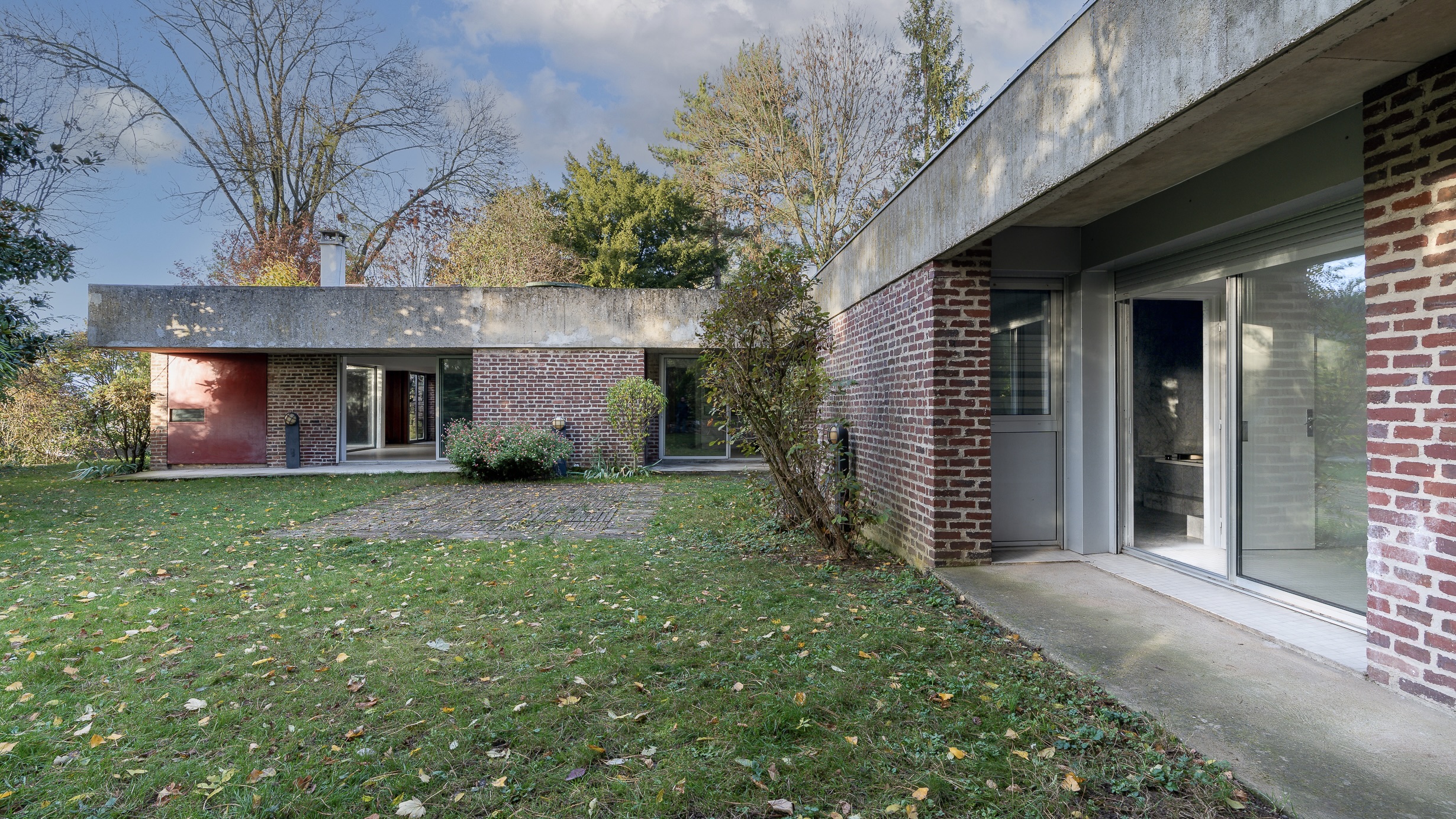 This modernist home, designed by a disciple of Le Corbusier, is on the market
This modernist home, designed by a disciple of Le Corbusier, is on the marketAndré Wogenscky was a long-time collaborator and chief assistant of Le Corbusier; he built this home, a case study for post-war modernism, in 1957
-
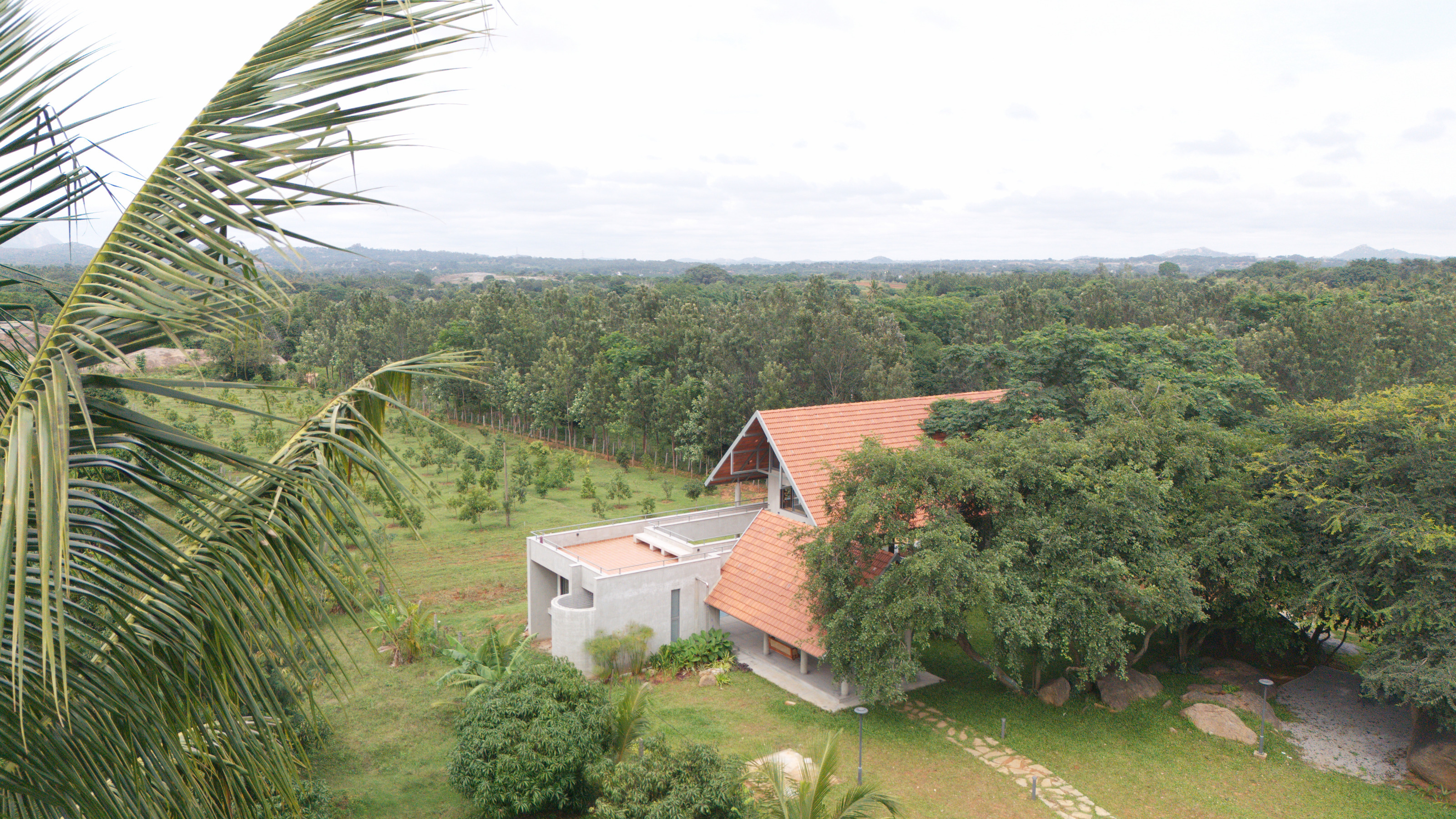 A refined Indian country residence reimagines the farmhouse
A refined Indian country residence reimagines the farmhouseSet among Karnataka’s rolling fields and forest, House by the Grove by Taliesyn Design & Architecture combines modern materials with an open approach to the elements
-
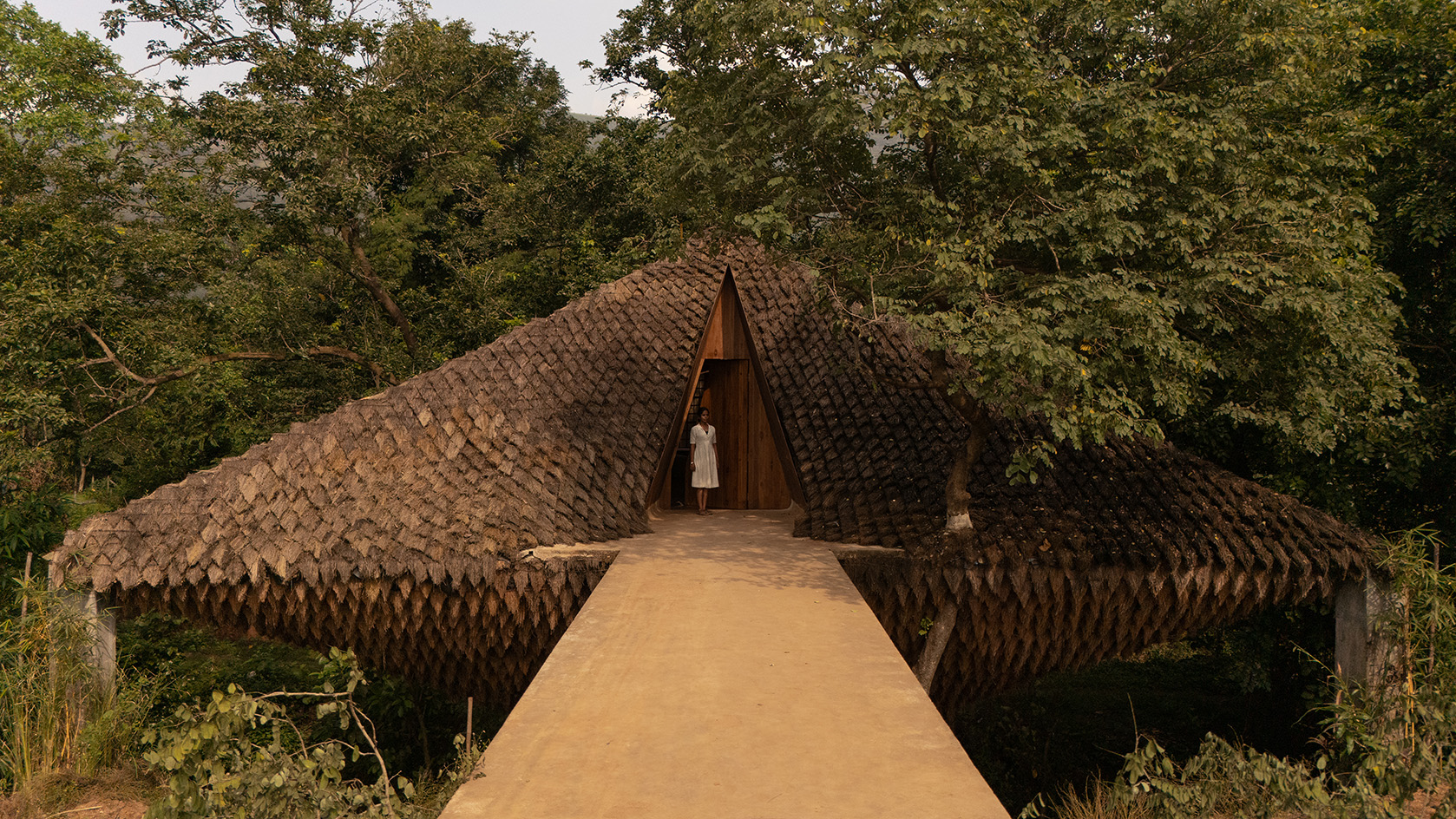 Half bridge, half home: Wallmakers’ latest project takes architecture to daring new heights
Half bridge, half home: Wallmakers’ latest project takes architecture to daring new heightsHovering above a forest stream in Maharashtra, Bridge House pushes the limits of engineering and eco-conscious design
-
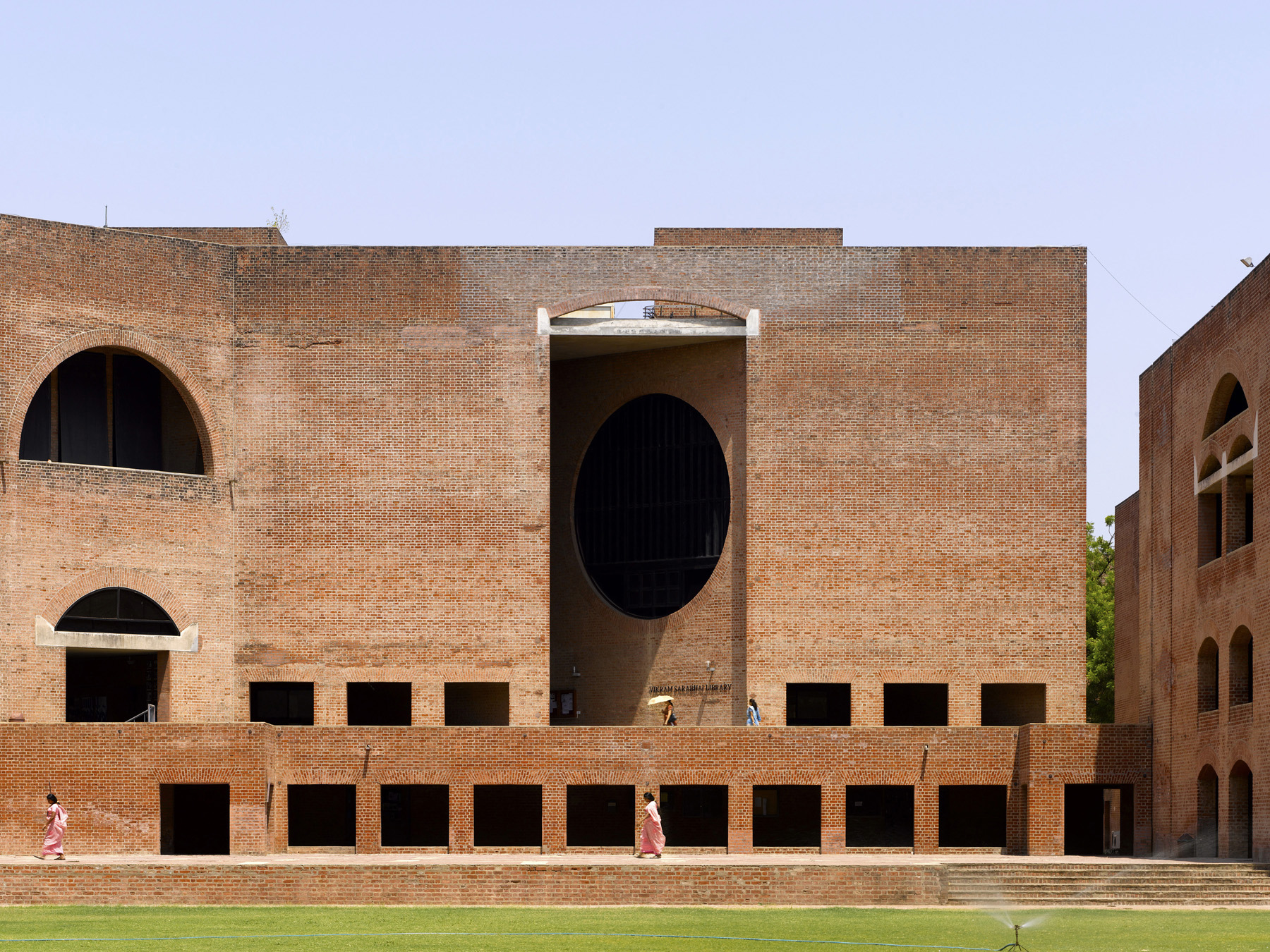 Louis Kahn, the modernist architect and the man behind the myth
Louis Kahn, the modernist architect and the man behind the mythWe chart the life and work of Louis Kahn, one of the 20th century’s most prominent modernists and a revered professional; yet his personal life meant he was also an architectural enigma
-
 The Architecture Edit: Wallpaper’s houses of the month
The Architecture Edit: Wallpaper’s houses of the monthFrom Malibu beach pads to cosy cabins blanketed in snow, Wallpaper* has featured some incredible homes this month. We profile our favourites below
-
 Cascading greenery softens the brutalist façade of this Hyderabad home
Cascading greenery softens the brutalist façade of this Hyderabad homeThe monolithic shell of this home evokes a familiar brutalist narrative, but designer 23 Degrees Design Shift softens the aesthetic by shrouding Antriya in lush planting
-
 A lush Bengaluru villa is a home that acts as a vessel for nature
A lush Bengaluru villa is a home that acts as a vessel for natureWith this new Bengaluru villa, Purple Ink Studio wanted gardens tucked into the fabric of the home within this urban residence in India's 'Garden City'